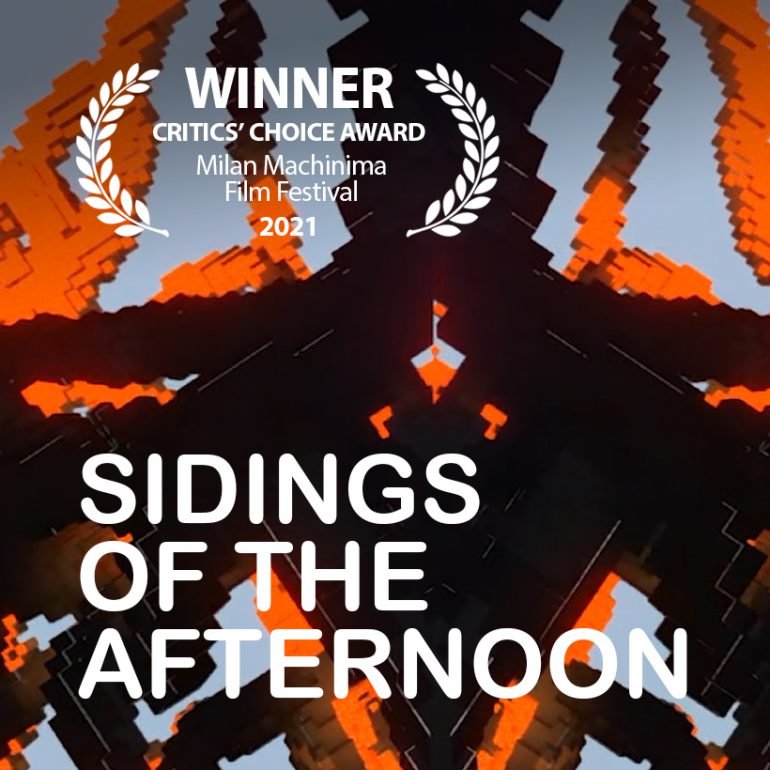
Hybrid Knowing: Preserving Physically and Digitally Entangled Traces in Hybrid Game Design
This dissertation represents the written portion of an interdisciplinary research-creation project that explores ways of studying creative practices with a focus on a kind of interactive experience called a hybrid game. It represents a contribution to the field of critical game design research. It builds on research from an extensive range of fields, including queer game design, intersectional feminist theory, critical design, critical game design, game design practice and methods, practice-based research and research-creation research, performance and theatre, live-action roleplay studies, alternative controller studies, autoethnography, and archival studies. From there, this research proposes and uses a methodology for studying the practice of creating interactive experiences that have non-standard, custom physical elements along with digital ones, especially those involving a facilitator. I make the case that autoethnography, though it has some limitations, is a well-suited method for research-creators engaged in design research.

All in a day’s work: Working-class heroes as videogame protagonists
Class depictions in videogames are prevalent, yet understudied. In this article, we analyse how the working class – particularly working-class men – have been depicted in videogames over the past 30 years. In doing so, we bring together a class- and gender-based analysis to study how narratives, representations, gameplay, and game systems construct the “working-class hero” as a central protagonist. This is done by examining eight paired examples of videogames that feature working-class characters in central roles, including janitor, fire-fighter, taxi driver, and bartender. Our analysis finds that some roles are glorified (such as firefighters), positioning their protagonists in direct conflict with white-collar settings and antagonists. However, many other roles task players with “doing their job” in the face of repetitive (and sometimes outlandish) working conditions. Through these examples, we document the portrayal of working-class videogame heroes, noting how videogames can both reinforce and subvert common media tropes.

Sidings of the Afternoon
“Each age demands its own form.” – Hannes Meyer
Inspired by Maya Deren’s Meshes of the Afternoon, light works by Lászlo Moholy-Nagy, and Bauhaus urban design.
What can a filmmaker do when they are locked in during a pandemic? They make a film using a computer. With the participation of game scholars and academics from the Technoculture, Art and Games Research Centre, a town was built in Minecraft following the principles of Bauhaus. Just like the designers and artists of Bauhaus, we also need to rethink the way we use spaces, objects, cities. Beyond thinking about medical safety, as humans we need spaces that expand beyond our bodies’ physical circumference. Just like the light-shadow structures built by Moholy-Nagy, our inner worlds are bigger than the space our bodies take up. In Siding of the Afternoon, optimism for our future takes shape in a metaphor of see-through spaces and overlays, echoing the way our apartments expanded through videoconference windows connecting to and merging with other spaces all cross the world.
“Follow my train of thought, my shifting perception of the space around me, my fleeting relationships with nature and my urban cell. Seasons passing by while I stare at the same three objects in my house. What is outside, what will we find when we emerge? How will we move on when our toxic relationship with a virus that paralyzed our urban bodies end? Scathed or unscathed? Dreams, algae, shadows, flowers and knives.” – Gina Hara
The voiceover of the film was created by data-mining the most commonly used words and expressions by the players who built the buildings shown in the film.

See You Next Mission: An Analysis of the Super Metroid VARIA Randomizer
In order to play games in new ways and facilitate competitive races on Twitch, speedrunners and hackers have cultivated a new genre of speedrunning based on remixing classic video games.
In this paper, I investigate the histories, affordances, and legalities of the browser-based applications that lie at the heart of this practice—video game randomizers—using the Very Adaptive Randomizer of Items and Areas (VARIA) for Super Metroid (1994) as a primary case study. I begin my analysis with an overview of Super Metroid’s underlying game structures while elaborating upon its connections to broader speedrunning histories. This is followed by a summary of how randomizers function and a chronicling of VARIA’s development, in which I draw comparisons to a number of commercially released game technologies. I then perform a more deliberate analysis of VARIA using the walkthrough method, scrutinizing the application’s environment of expected use (that is, how users are encouraged to interact with it) and providing a technical walkthrough of its features (that is, a step-by-step account of its functionality).
